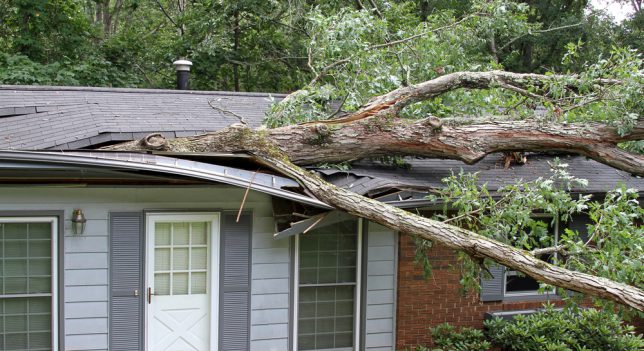modernizing a victorian house Montclair: The Good, the Bad, and the Ugly
1. Know your upkeep cycles. Many buildings require tuckpointing maintenance every 50 to 60 years.
2. Match the mortar. New mortar need to match as closely as possible in color, consistency, and elevation. Utilizing too much Portland cement in the mix develops hard mortars, which can harm old structures.
3. Never grind out joints. Only scrubby mortar must https://en.search.wordpress.com/?src=organic&q=Montclair Victorian Restoration be eliminated. If somebody tells you otherwise, run.
4. Never utilize sealers. Sealers trap moisture, compounding issues during freeze/thaw cycles.
5. Change in kind. Damaged masonry units need to be replaced whole or through Dutchmen of the same product. Spaces filled with putty do not last.
-- Jacob Arndt, Conservation Specialist, Architectural Stone Carver
Radiators
6. Do not throttle a one-pipe steam radiator The steam and condensate need to share that confined space. Keep the valve either totally open or totally near to avoid water hammering and squirting air vents.
7. Create a perfect pitch. One-pipe steam radiators need to pitch towards the supply valve. Usage 2 checkers under radiator feet-- they're the ideal sizes and shape.
8. Gain control. Thermostatic radiator valves are a terrific way to zone any radiator and save fuel. Hot-water and two-pipe steam radiators get them on the supply side; one-pipe steam radiators get them between the radiator and the air vent.
Old radiator.

( Image: Sylvia Gashi-Silver).
9. Get a fantastic surface. Pros agree that sandblasting followed by powder covering gives the very best, lasting, non-sticky finish-- however do not attempt this at home.
10. Do not fret about fires. Even with steam heat, a radiator gets just about half as hot as the temperature needed to kindle paper, so you can rest easy.
-- Dan Holohan, Author, The Lost Art of Steam Heating.
Woodworking.
11. Use heartwood. Heartwood renovating a victorian house Montclair is always the most disease-resistant. Sapwood of a lot of types should never be utilized.
12. Rift or quarter-grain cuts are best. These cuts are the most stable. Flat grain frequently broadens and contracts seasonally at twice the rate of quartered stock.
13. Install plain sawn lumber with the heart side up. Flat lumber will use much better with the heart facing up. If there's cupping, the edges will remain flat, and just the center will hump a little.
14. Find out to utilize hand tools. A lot of historical woodwork was produced by hand tools, and many industrial millwork (late 19th century and after) was installed with them. Historical woodwork surfaces produced with hand airplanes can't be recreated by modern devices like sanders.
15. Use conventional joinery. Part repairs should be made using traditional joinery instead of non-historic methods like a wholesale epoxy casting of a missing part.
-- Robert Adam, Creator and Senior Consultant, Conservation Woodworking Department, North Bennet Street School.
Slate Roofing, remodeling old homes.
Slate roof on a turret, refurbishing old homes.
Slate roof on a turret. (Image: Nathan Winter Season).
16. Determine your slate.To properly take care of your slate roofing system, learn what kind of slate it is. Just as you can't repair a Chevy with Ford parts, you need to never use New York red slate on a Pennsylvania gray slate roofing system.
17. Comprehend your roofing's longevity. If your roof just has 100 years of longevity and is 95 years old, it's unworthy sinking cash into. However a roofing with 200 years of durability that's 75 years of ages is a young roofing that must be extremely valued and effectively preserved.
18. Check your roofing frequently. A minimum of once a year, walk your house (use field glasses if essential) and take a look at your roofing. If you see missing out on, broken, or sliding slates, or flashing that looks suspect, call your slater.
19. Look around for quality. Great slaters are out there, but you have to try to find them. It deserves the effort to have someone who truly understands what he's doing.
